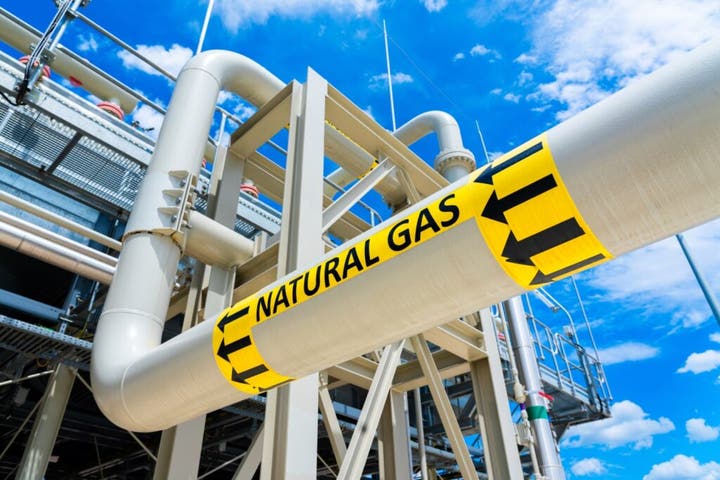Benzinga and Yahoo Finance LLC may earn commission or revenue on some items through the links below.
Atmos Energy Corp. (NYSE: ATO) is the largest regulated natural gas-only distributor in the U.S., providing natural gas to over 3 million customers in more than 1,400 communities across eight states in the South and Plains regions.
The 52-week range of Atmos Energy stock price was $136.05 to $168.86.
Atmos Energy’s dividend yield is 2.09%. It paid $3.48 per share in dividends during the last 12 months.
Don’t Miss:
The company on Aug. 6 announced its Q3 2025 earnings, posting EPS of $1.16, beating the consensus estimate of $1.13, as reported by Benzinga. Quarterly revenues of $838.77 million also came in above the consensus of $821.22 million.
“Our third quarter results reflect the hard work and dedication of all of our employees who provide exceptional customer service while safely and reliably operating our natural gas distribution, transmission, and storage systems,” said CEO Kevin Akers. “Their continued focus on our vision to be the safest provider of natural gas services, while pursuing our proven strategy continues to benefit our customers and the communities we are proud to serve.”
Check out this article by Benzinga for P/E ratio insights for Atmos Energy.
Trending: Microsoft’s Climate Innovation Fund Just Backed This Farmland Manager — And Accredited Investors Can Join the Same Fund
If you want to make $100 per month — $1,200 annually — from Atmos Energy dividends, your investment value needs to be approximately $57,416, which is around 344 shares at $166.77 each.
Understanding the dividend yield calculations: When making an estimate, you need two key variables — the desired annual income ($1,200) and the dividend yield (2.09% in this case). So, $1,200 / 0.0209 = $57,416 to generate an income of $100 per month.
You can calculate the dividend yield by dividing the annual dividend payments by the current price of the stock.
The dividend yield can change over time. This is the outcome of fluctuating stock prices and dividend payments on a rolling basis.
See Also: The ECG Hasn’t Changed in 100 Years — This AI Upgrade Could Help Detect Heart Disease Years Earlier
For instance, assume a stock that pays $2 as an annual dividend is priced at $50. Its dividend yield would be $2/$50 = 4%. If the stock price rises to $60, the dividend yield drops to 3.33% ($2/$60). A drop in stock price to $40 will have an inverse effect and increase the dividend yield to 5% ($2/$40).
